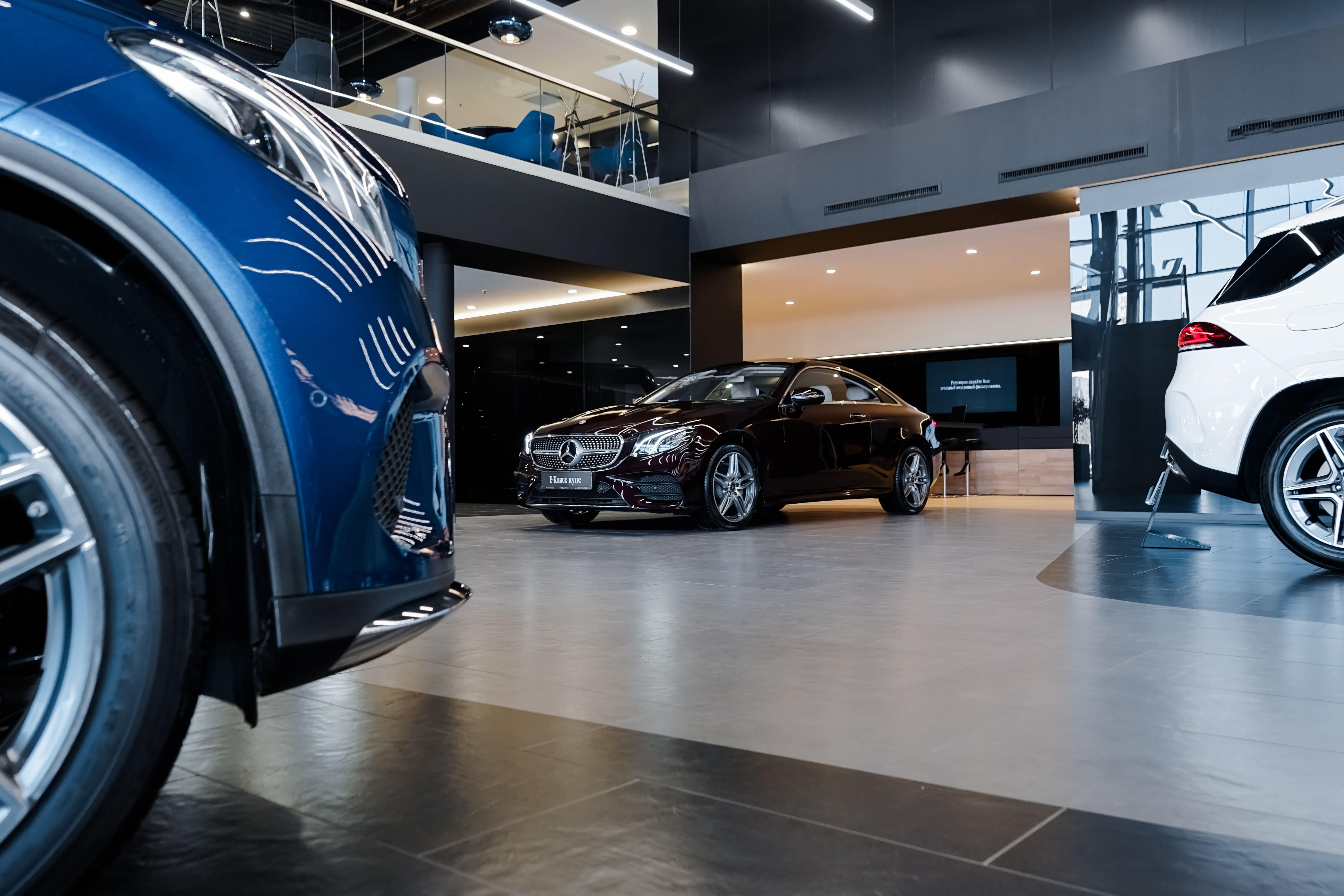March 03, 2021
Automotive retail of the future: an industry reinvents itself

Overview
Car rental or car sharing
Whether renting a car or car sharing, when you rent a car you can expect it to be in perfect condition. One hundred percent roadworthiness and fully functioning technology are a given.
But even though it is not your vehicle, it is the driver who is responsible for ensuring that everything is in order when you start your journey. So be sure to pay attention to:
• General functionality of the vehicle
• Vehicle lighting
• Tyres
You must also have the following items on board:
• Warning triangle
• First aid kit
• High visibility vest
• Vehicle registration document
These are the legal requirements - whether you are renting or sharing a car is irrelevant.
Not quite as important, but also in your interest: Unless otherwise agreed, the tank of a rental car should be full when you pick it up.
With car sharing, on the other hand, you usually take over the vehicle with the current fuel level. Refuelling takes place as needed.
Renting a car: What should be in the contract
First of all, it is important that you as the renter get a written rental contract. In addition to the usual information about the vehicle and driver, the following is particularly important:
The scope of insurance is documented as agreed.
The total price including taxes matches the booking.
There are no surprising or unusual charges.
Rental car: Handover protocol is a good standard
Most car rental companies today work with handover protocols. These usually contain
• Basic data (vehicle type, rental agreement number, car registration number, name of driver)
• Stations and times of pick-up and drop-off
• Mileage
• Fuel level
• Equipment (in addition to warning triangle, first-aid kit and high-visibility waistcoat, also navigation device and the like)
• Damages
Handover protocols of this kind are practical and ensure transparency. Rental companies are not obliged to use them. However, as a hirer you have the right to insist on a protocol. If there is no form, a handwritten document is sufficient.
Important: The protocol is only valid with the signature of the rental company.
As a rule, car rental companies know about the scratches and dents in their fleet. When you rent a vehicle, existing damage is usually already marked on the form - all you have to do is sign it.
But even the most conscientious rental company can miss something. So take the time to walk around your rental car: Make sure there is no damage that has not yet been recorded.
After all, if a previously undiscovered damage was already there before your trip, the rental car company will not be able to trace it afterwards.
If the car rental company discovers damage after a journey, the hirer is not automatically liable for it. The burden of proof lies with the provider, i.e. the hirer is only liable if it is proven that he caused the damage.
Experience shows that such cases unfortunately often end up in court. If you are interested in the details of the subject, you can find more detailed information here:
You can find more information here
In case of doubt, it saves all parties time and unnecessary stress if everything is carefully documented.
Protocols also for the return of the vehicle
When returning a vehicle, it is in the interest of both parties to make a record. Transparency is important for a smooth process and creates trust.
Car sharing: Reporting any damages
With car sharing, there is usually no handover of the vehicle - you book via an app, check in with a chip card and drive off. But even here there can be trouble if undiscovered damage is noticed.
So if you find scratches, dents or marks on your car-sharing vehicle: Contact the provider before you start driving and report the damage to be on the safe side. Follow the procedure provided by your provider.
Highest security at the handover: Take photos and videos
Many car rental companies make a point of documenting the condition of the vehicle with photos and videos when handing it over.
This is also in the interest of the renter: This way you can prove perfectly whether a scratch was already there before the drive or not. Any reasonably modern smartphone camera offers more than adequate image quality for this purpose.
Transfer journeys
If you are not renting a vehicle, but transferring it for a client, the same advice for acceptance and handover applies as when renting a vehicle. Again, the protocol, pictures and videos ensure that the condition of the vehicle is known and documented.
And if the client does not provide a form, that is no problem: a handwritten, signed document is sufficient. Especially in this case, it is highly recommended to take photos and videos of the vehicle handed over.
Conclusion
There are no irregularities in most journeys with rental vehicles or in car sharing. But especially many good experiences can lead to a certain carelessness over time. Here it is important to remain attentive.
Whether you are a customer of a car rental or car sharing provider, or whether you transfer vehicles for your customers: A handover protocol with signature plus pictures costs nothing and is the best insurance.
